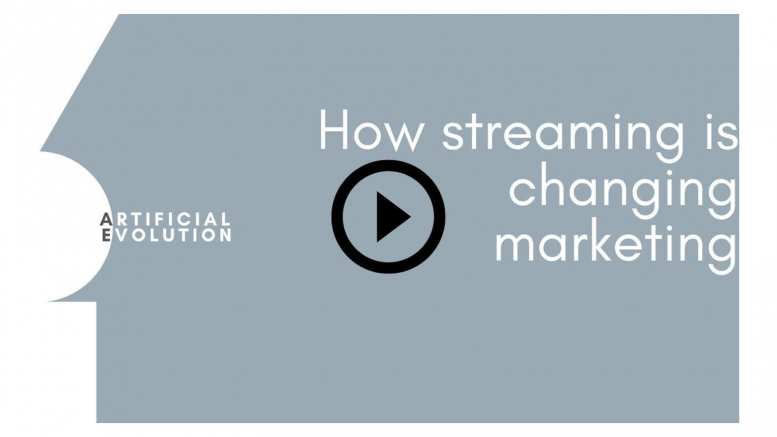Picture it. It’s summer 2022. The third wave has just started lifting. You’ve used your Vi RedX subscription to login to your Disney+Hotstar account. Just as you switch on the match, there is a commercial for tyres. You think… Wait? Didn’t I pay a subscription? Why am I still getting ads?
You go back to your YouTube feed and click on another tech review for the iPhone 13 Pro. Why? Because content.
What happens?
Ad 1
Ad 2
Ad 3
You get angry. Pay 130 INR for YouTube premium. Then upgrade it to 180 INR so 3 of your family members and broke friend can use it. Also, you get a sense of superiority. “I never have to see ads again”
It’s 2023, you’ve brought a new smart TV and are testing out it’s features. You connect your Disney+Hotstar account. This time you IPL has moved to Jio. So let’s just try out Saas, Bahu aur Flamingo. This is paid for under the subscription, right? No ads?
But every 6 minutes, at pivotal cuts, Anushka Sharma shows up to sell you multivitamin tablets.
But you know what the worst thing about the last statement is?
It’s not that I was shown the ads. But it is that I’ve seen those ads at least 40 times and I still can’t remember the product.
Why?
Because push marketing disables memory retention… usually.
Personalisation
Personalisation and targeted advertising have become the new norm in streaming marketing. With the rise of streaming services, marketers have access to a vast amount of data on user preferences and behaviors, allowing them to tailor their advertising efforts to specific audiences. This level of personalisation has proven to be highly effective in engaging viewers and driving conversions. Streaming platforms like Netflix and Hulu use algorithms that analyse viewer data to suggest personalised content recommendations. Similarly, advertisers are using this data to serve targeted ads based on user interests, demographics, and viewing history. This shift towards personalisation is also reflected in the content itself. Streaming services are producing more niche content that caters to specific audiences rather than trying to appeal to a broad demographic. This allows marketers to create highly targeted ad campaigns that resonate with their intended audience
Disney+ Hotstar has also started brand polls for customers. They might make great sense for brands to do this. But incentivise the poll taker perhaps? For every 10 polls, we don’t show you ads for a month.
Sounds fair.
Then came the influencers…
As streaming platforms continue to grow, so does the importance of influencer marketing and user-generated content. With millions of users creating their own content on platforms like Twitch and YouTube, companies are starting to partner with these creators to promote their products. This was further accelerated with creators like Lily Singh, AIB D’Amelio getting their own shows on streaming platforms and network TV. Brands can encourage users to create content featuring their products or services, which can then be shared on social media or other platforms. This not only helps spread awareness of the brand but also creates a sense of community among users who are passionate about similar interests.
What’s next?
As streaming becomes more popular than ever, marketing strategies are evolving to meet the demands of this new era. One of the most exciting developments is the use of artificial intelligence (AI) to personalise advertising for individual viewers. By analysing data on a user’s viewing habits and preferences, companies are creating targeted ads that are more likely to resonate with their audience. Another innovation in streaming marketing is virtual reality (VR), which allows brands to create immersive experiences that transport users into a world of their own making. Finally, interactive advertising is becoming increasingly common, as companies seek to engage viewers in new ways and encourage them to take action. Whether it’s through quizzes, surveys, or games, interactive ads provide a way for brands to connect with their audience on a deeper level and build lasting relationships with customers.
I recently heard the Neuralink got FDA approved (yes that brain-chip thing). So, ads in dreams?
Hello Mr. Orwell and Mr. Huxley. Your exaggerated storytelling has come true.
So yeah. Things have changed.
Stay curious. Stay Secure.
See you next fortnight.
The views and opinions published here belong to the author and do not necessarily reflect the views and opinions of the publisher.



Be the first to comment on "How streaming has changed marketing"